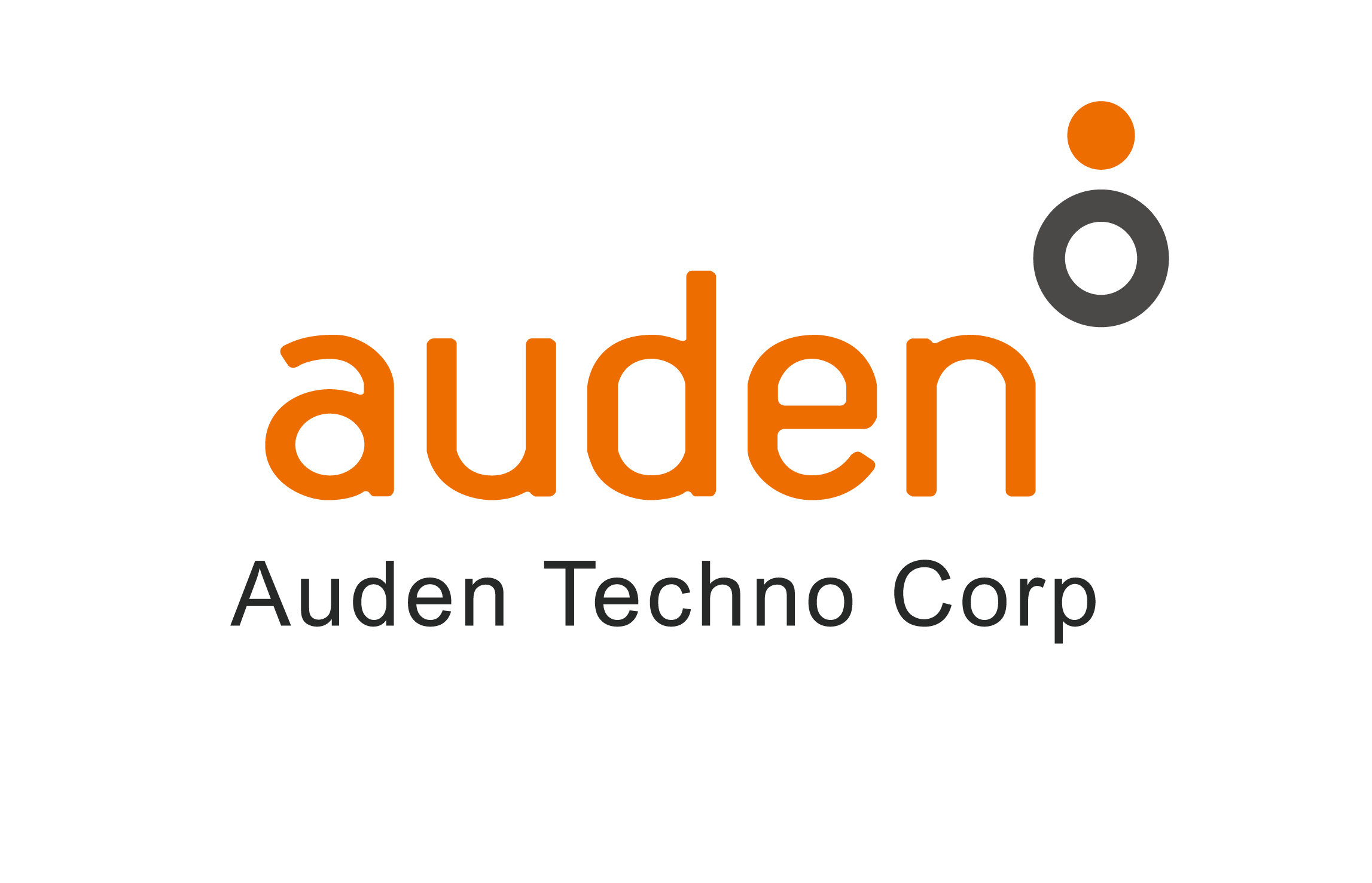| Contents |
- The stationary and transient Navier-Stokes and Stokes equations are efficiently solved using either a finite element method with Schur complement preconditioning, adaptive time-stepping, and tunable stabilization or a finite volume method based on a smoothed pressure correction algorithm. Both solver types rely on platform-independent fast parallel processing, runtime solver monitoring, and advanced convergence criteria.
- A set of standard boundary conditions and specialized boundary conditions for realistic blood flow modeling (e.g., developed flow, Windkessel model) can be applied and arbitrarily transiently modulated. Initial conditions based on experimentally measured data can be imposed. Easy extraction of key parameters like wall shear stress and powerful visualization tools complement the intuitive and efficient workflow
- The solvers are comprehensively and continually validated by comparison with analytical solutions for selected problems and benchmark problems.
|
| Applications |
- Vascular Blood Flow in Complex Networks
- Hemodynamics in Vascular Pathologies (e.g., aneurysm, stenosis, plaque)
- Flow in Vascular Implants (e.g., bypass grafts, stented vessels, treated aneurysms)
- Stent Design and Optimization
- Aneurysm Treatment Planning
- Cerebrospinal Fluid Flow and Cerebral Shunts
- Renal & Urinary Flow
- Air Flow and Respiration
- (Bio-)Microfluidics
- General Fluid Dynamics of Single Phase Liquids
|
| Characteristics |
- Navier-Stokes & Stokes models (laminar flow of incompressible, Newtonian fluids)
- Parallelized finite element and finite volume solvers
- Suitable for the modeling of, e.g., vascular flow, cerebrospinal fluid, respiration, and urinary flow
- Flow in stented vessels, bypasses and shunts
- Optimized for biomedical flow in complex, realistic geometries
- Efficient meshing of complex domains
- Convergence analysis and optimization
- Adaptive time-stepping & tunable stabilization
- Specialized boundary conditions for realistic blood flow modeling (developed flow, Windkessel model)
- Initial conditions from measured image data
- Customizable transient modulation of boundary conditions
- Intuitive post-processing and result visualization
|
